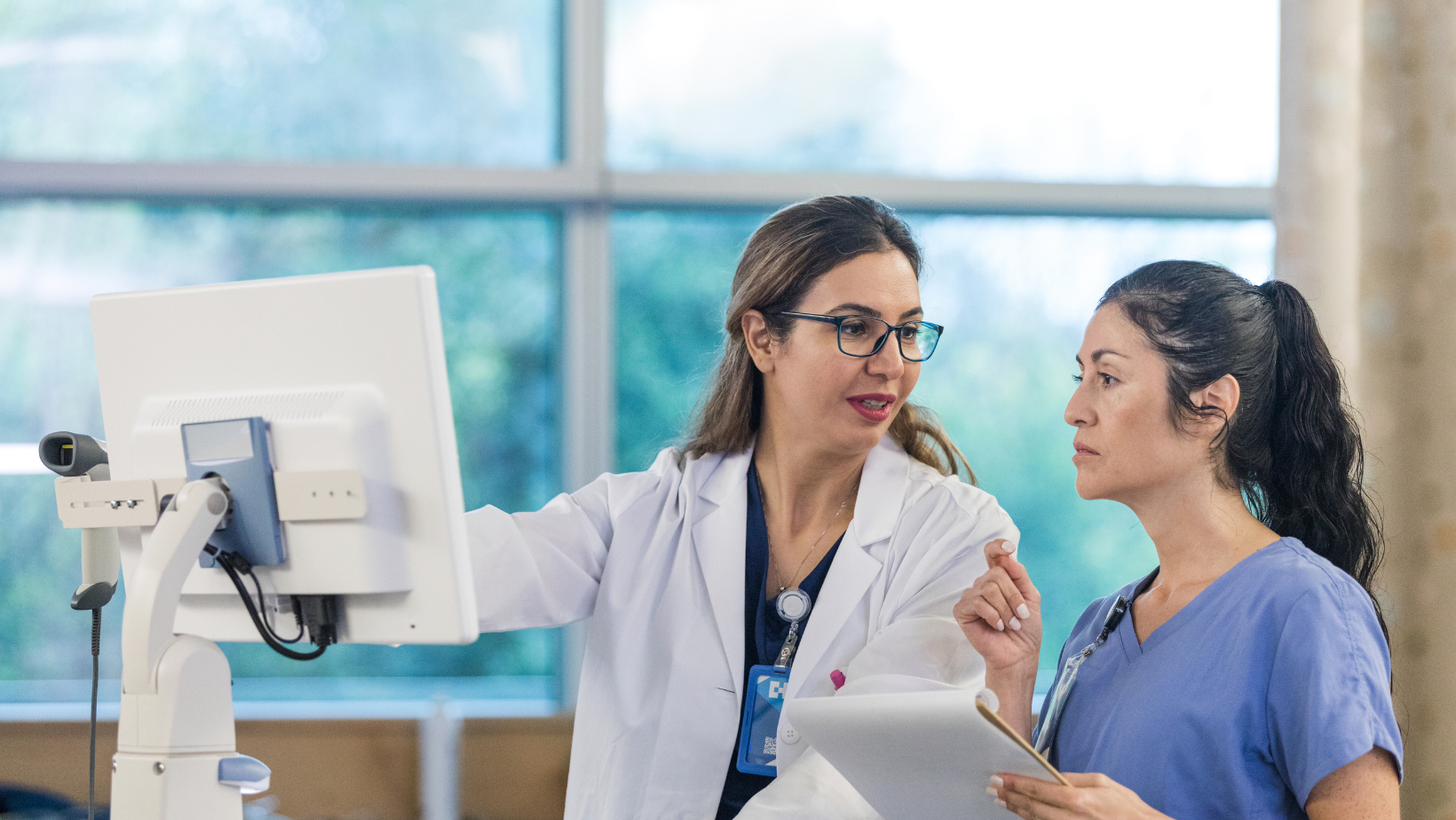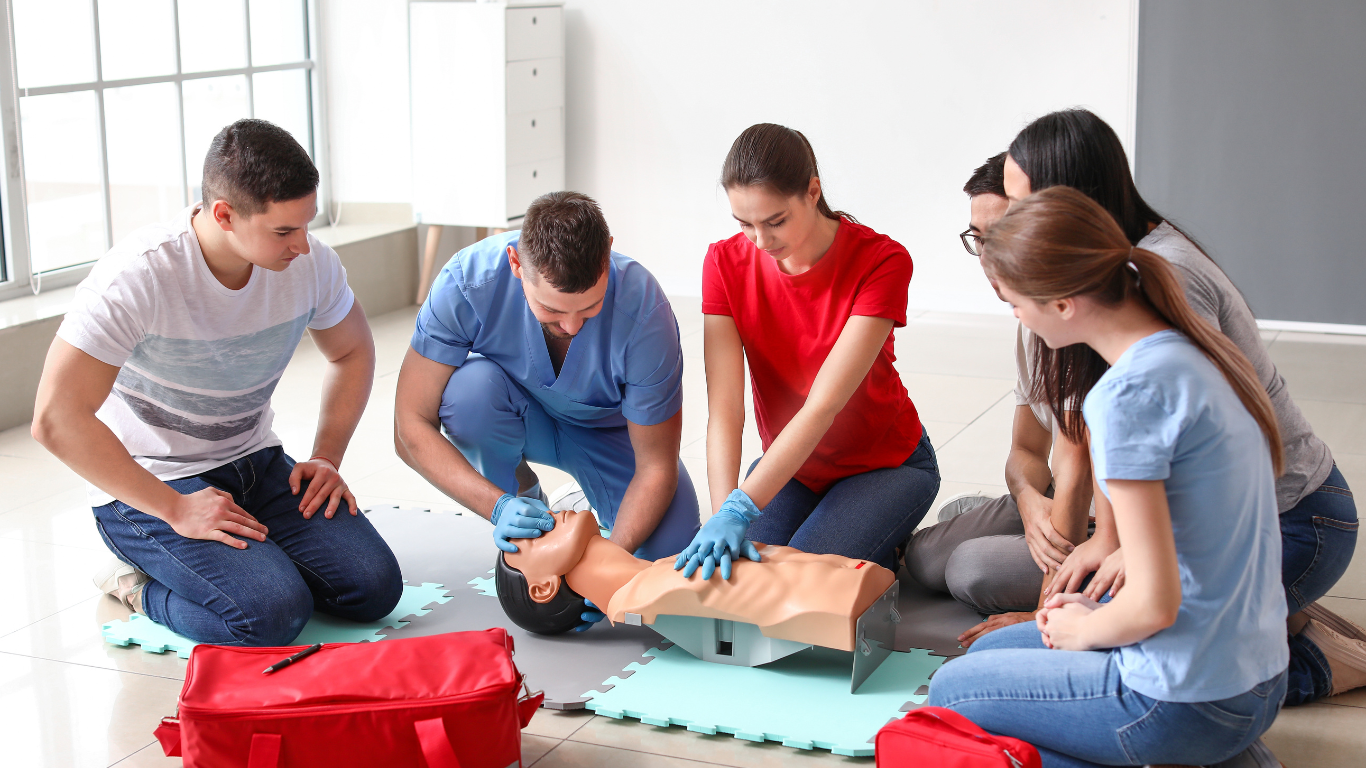 Flex Payments Available
Flex Payments Available
Certified Clinical Medical Assistant
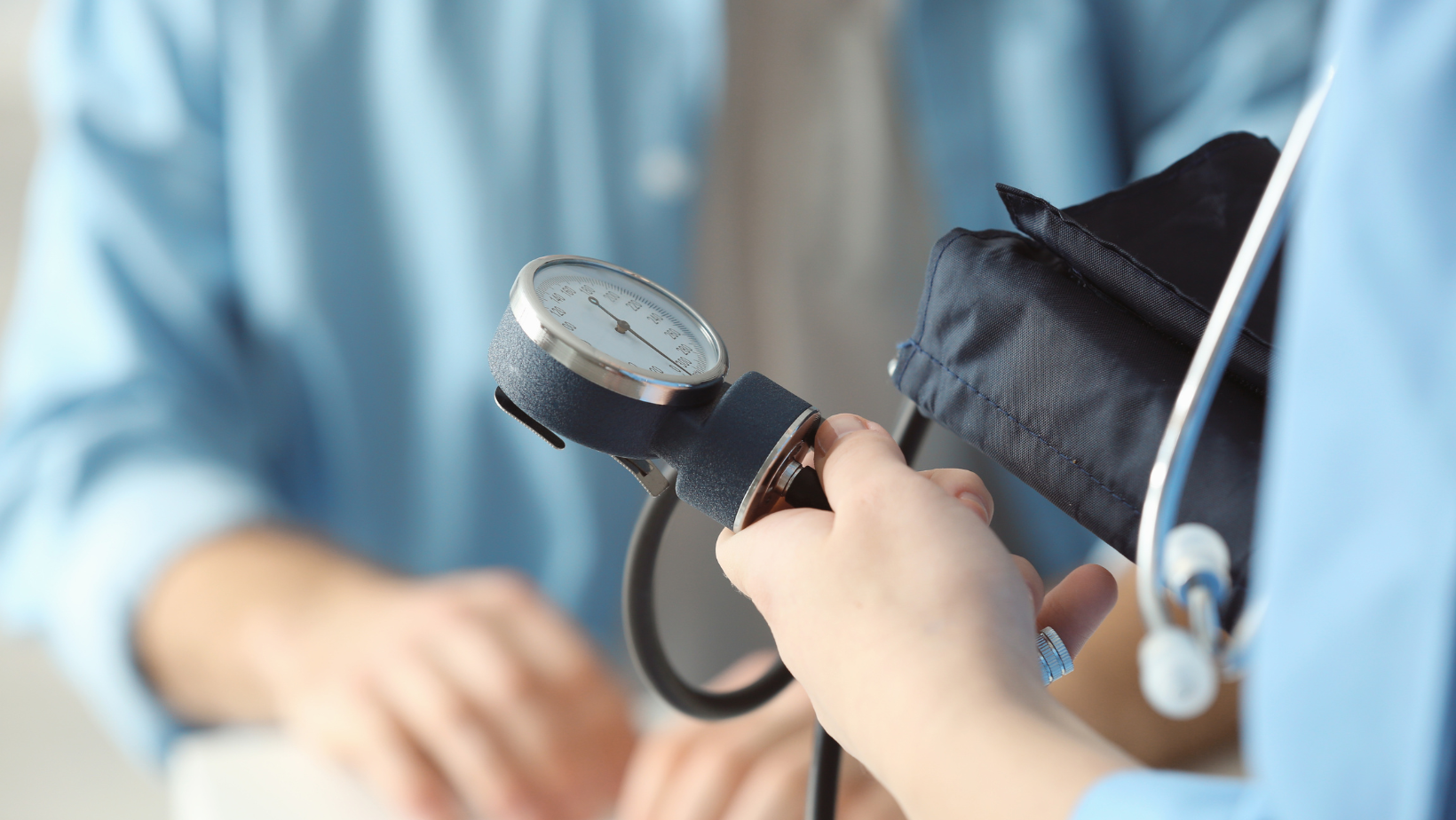
The average Certified Medical Assistant (CCMA) salary in New York, NY is $46,400 as of November 23, 2022, and the range typically falls between $42,800 and $50,100. The US DOL Bureau of Labor Statistics reports a 16% (much faster than average) job growth for Certified Clinical Medical Assistants between 2021 and 2031.
Certified Clinical Medical Assistants are vital members of any healthcare team and perform a variety of tasks that include phlebotomy, EKGs, assisting medical staff with procedures, injections, and administering medication, and maintaining electronic health records of patients. Upon completion of this eight-course program, participants can sit for the NHA’s Certified Clinical Medical Assistant certification exam.
The recommended concurrent schedule of courses is:
First Semester:
- Medical Terminology & Body Systems (MBX126) $600
- Electronic Health Record (MBX005) $600
- CPR (AHX100) $175 (Must be AHA CPR certification) (8-hour American Heart Association for health care provider and professional rescuer, which includes adult, child, infant CPR, rescue breathing, and use of AED (Automatic External Defibrillator) course)
- Computer Readiness (MBX003) $540
- ???????Those with computer proficiency may opt to take Leveraging AI and Machine Learning in Healthcare $540 in place of Computer Readiness
Second Semester:
- EKG $1,150
- Phlebotomy $1,375
- Medical Assisting Administrative Procedures for CCMAs (MBX127) $825
Total: $5,265
You can register for these classes as you go or call the office at 718-631-6343 to enroll in the program!
There are 7 courses in this program
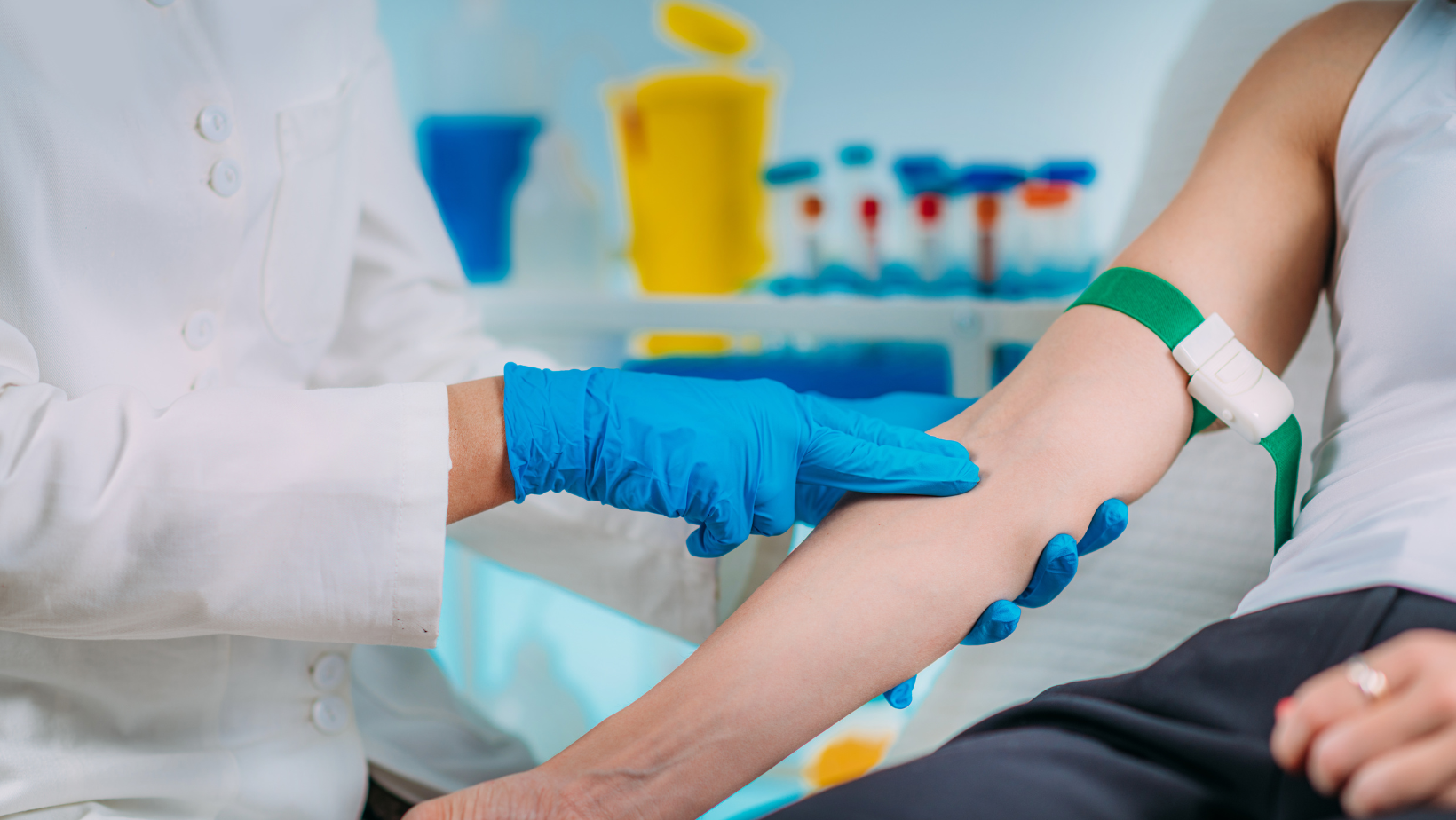
Phlebotomy Technician
Pre-/Co-Requisites
AHX-100 Basic Cardiac Life Support (CPR)(Must be AHA CPR certification)
(8-hour American Heart Association for health care provider and professional rescuer, which includes adult, child, infant CPR, rescue breathing, and use of AED (Automatic External Defibrillator) course)
or valid AHA certification in this course.
Obtain the introductory skills to secure an entry-level position. Learn various methods of blood collection through venipuncture, capillary puncture and, existing intravascular devices. Emphasizes use of anticoagulants, the order of draw and, procedures for obtaining and processing specimens. Safety considerations for all health care professionals and patients discussed. Registrants should purchase stethoscope, B/P cuff and non-latex gloves.
The phlebotomist is a vital member of the clinical laboratory team, whose main function is to obtain patient's blood specimens by venipuncture and micro-collection for testing purposes. Phlebotomists are employed throughout the healthcare system including in hospitals, neighborhood health centers, medical group practices, HMO's, public health facilities, veteran hospitals, insurance carriers, and in other healthcare settings. The demand for phlebotomy technicians has increased substantially with the overall complexity of healthcare services and the risks of infectious disease. Current healthcare industry experts predict a 15% increase in phlebotomy jobs by 2024.
This program prepares learners to collect blood specimens from clients for the purpose of laboratory analysis. Learners will become familiar with all aspects of blood collection and will review the skills needed to perform venipunctures safely. Topics in this course include medical terminology, related anatomy and physiology, blood collection procedures, and procedures for collection of other types of specimens within the scope of practice of the phlebotomist.
Textbook-
Hartman's Complete Guide for the Phlebotomy Technician, 2e
ISBN 978-1604251654
Workbook-
Workbook for Hartman's Complete Guide for the Phlebotomy Technician 2e
ISBN 978- 1604251661
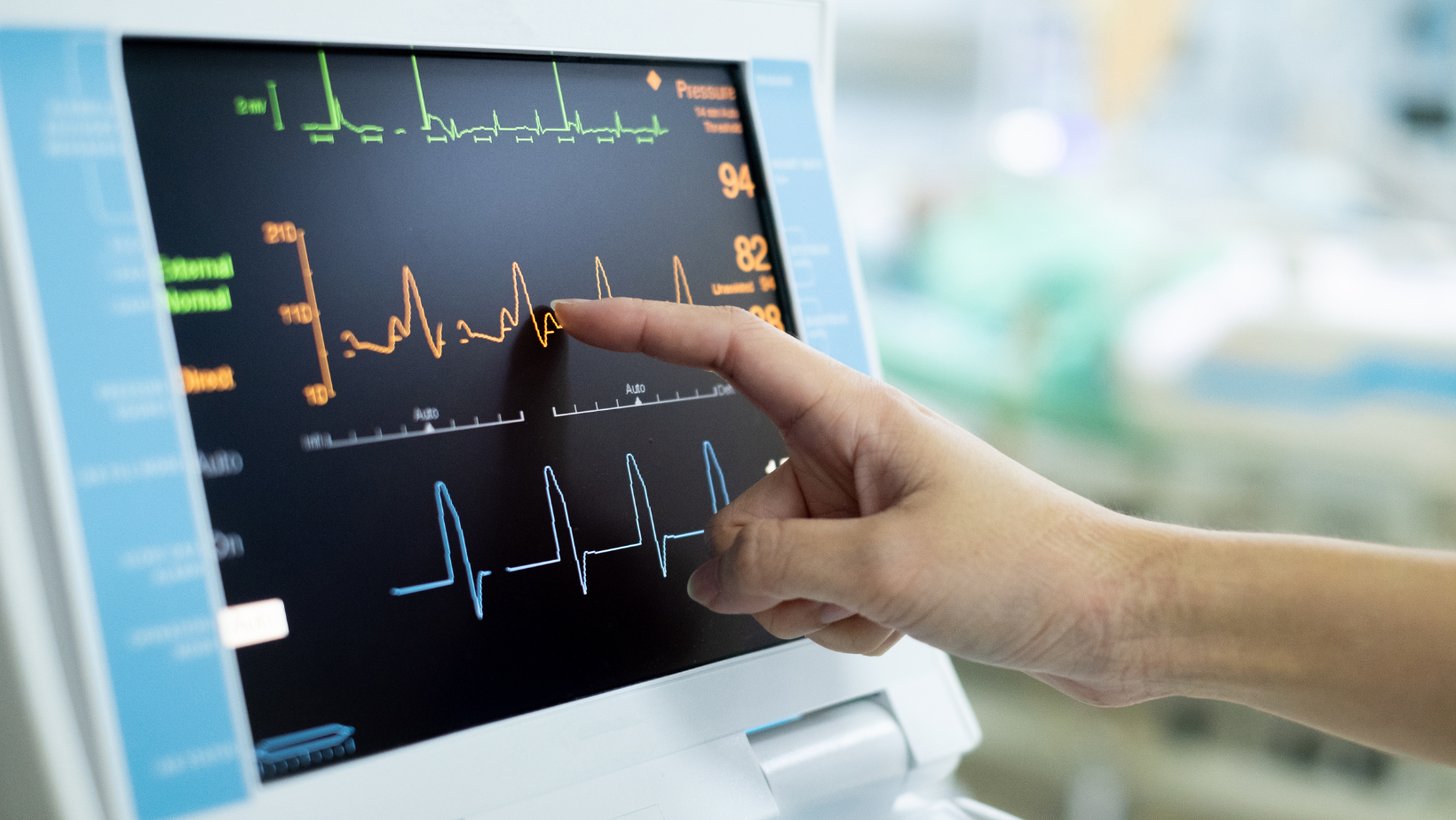
EKG Technician
Pre-/Co-Requisite:
AHX-100 Basic Cardiac Life Support (CPR)(Must be AHA CPR certification)
(8-hour American Heart Association for health care provider and professional rescuer, which includes adult, child, infant CPR, rescue breathing, and use of AED (Automatic External Defibrillator) course)
*or valid AHA certification in this courses.
Introduction to cardiac anatomy and terminology, recognition of cardiac emergencies, obtaining 12-lead ECG or EKG tracing and basic rhythm interpretation.
EKG technicians are in demand! EKG technicians work in physician's offices, hospitals, clinics, and other healthcare facilities and organizations. EKG technicians also work for insurance companies to provide data for health and life insurance policies. Similar to other growing healthcare professions, the demand for EKG technicians is expected to continue to grow substantially.
This program covers topics and processes critical to conducting and interpreting electrocardiograms (EKGs). To begin, learners will review the anatomy and physiology of the heart. From there, learners will go on to explore the technology used such as the EKG machine. Next, participants will learn how to interpret a rhythm strip. And finally, learners will discover the details of a myocardial infarction. Successful completion of this program will help prepare learners to perform the role of EKG technician.
Medical Assistant
Median Salary
The median salary in the New York metropolitan area is $44,420, in New York State $43,830, and $44,200 in the United States*.
Get StartedAlso called Certified Medical Assistant (CMA), Chiropractor Assistant, Doctor's Assistant and Registered Medical Assistant (RMA)
*Based on U.S. Bureau of Labor Statistics Occupational Employment and Wage Statistics (USBLS OEWS)
📈 Grow Rapidly
This career will grow rapidly in the next few years and will have large numbers of openings.
🚪 Openings
New job opportunities are very likely in the future.



